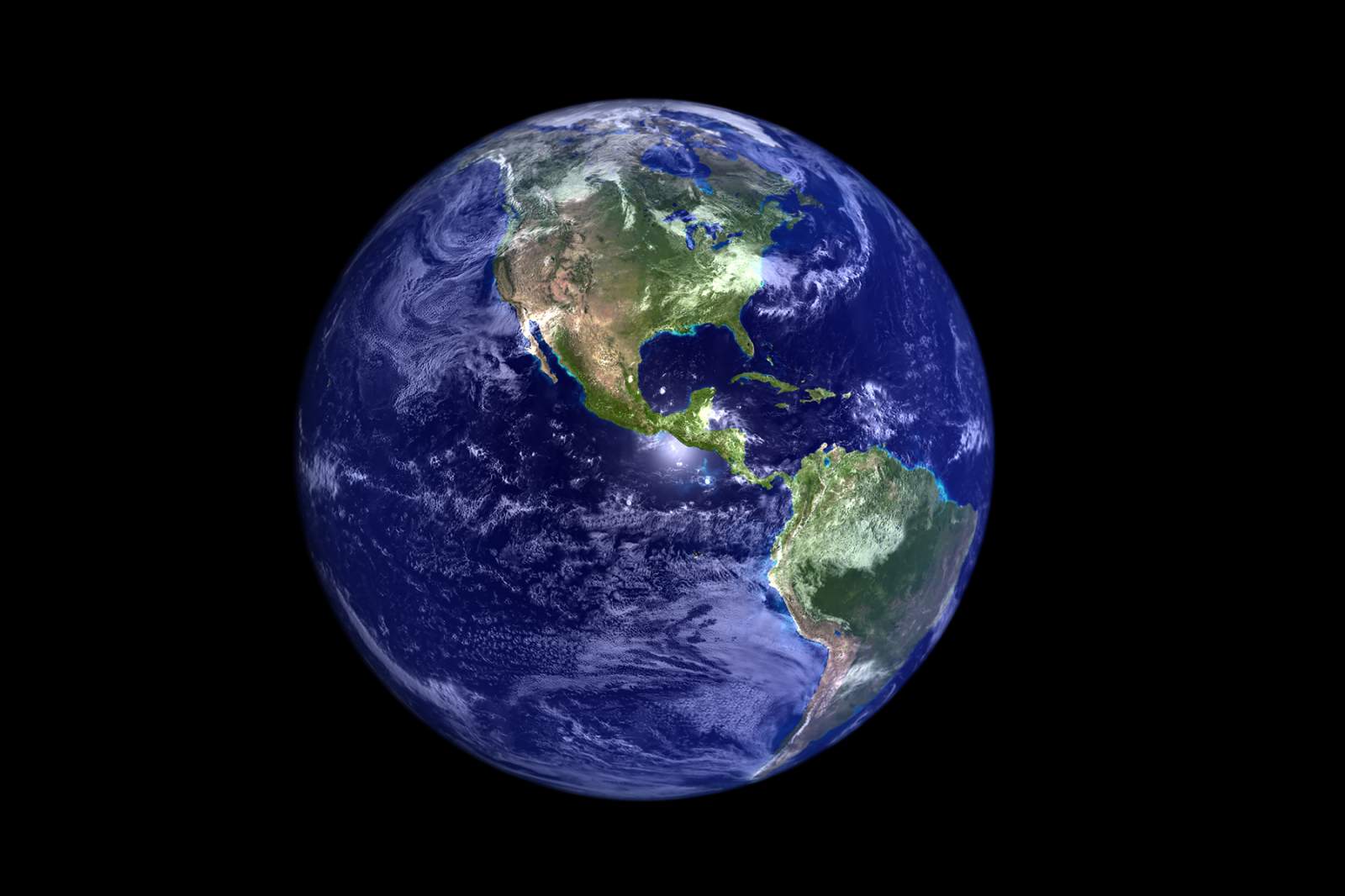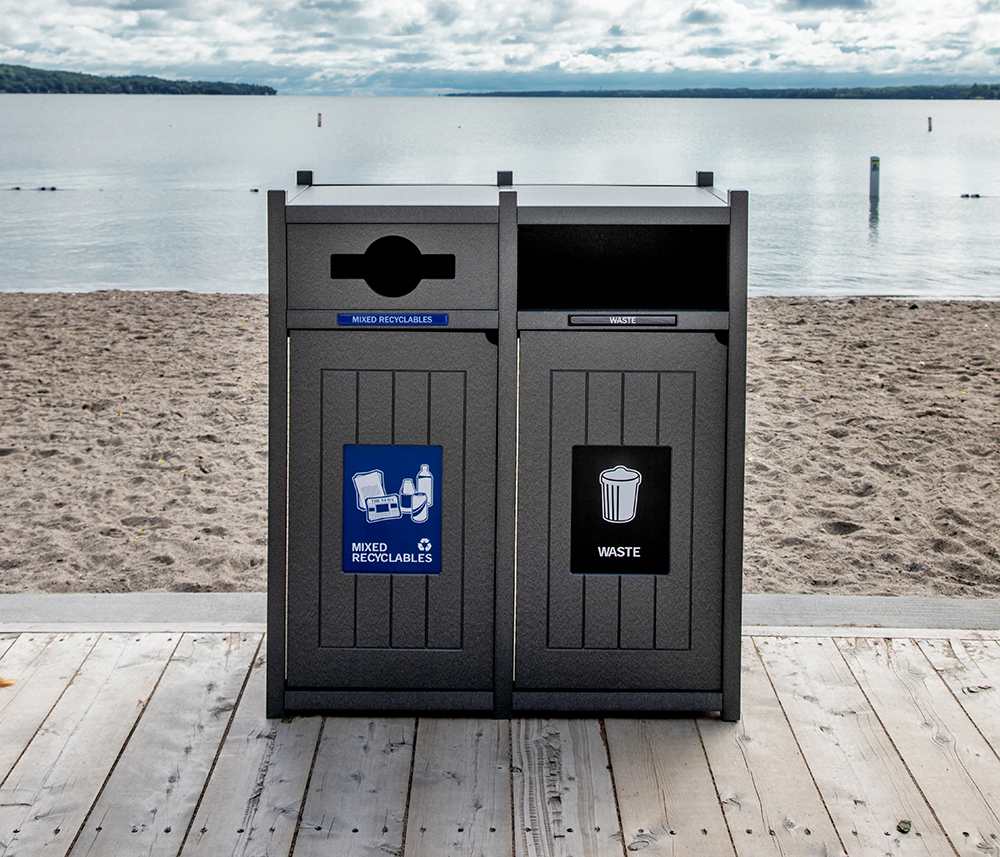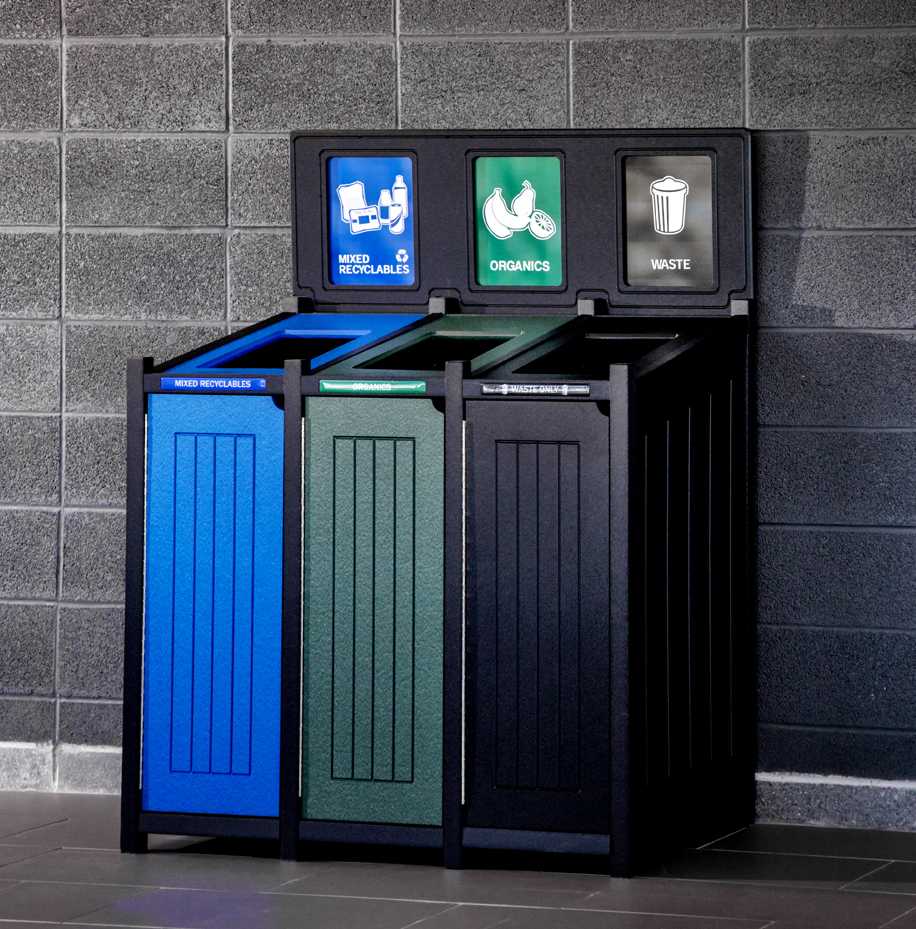Growing up in the 1960’s & 70’s was both an exciting and dangerous time for me. We drove in cars wearing no seat belts. We insulated our homes and buildings with asbestos. We painted our walls with lead paint. And as a teenager, like most adolescents, we smothered our armpits with aerosol antiperspirant spray propelled by chlorofluorocarbons to combat our body odor.

Earth’s Natural Sunscreen: Celebrating International Day for the Preservation of the Ozone Layer
Carl Wright | September 16th, 2018
It is a wonder how anyone lived through that era, as all of the above have since been banned or are now even illegal where I live in Canada. Seatbelts have saved thousands of lives after it became law that everyone was must wear one while driving. Asbestos exposure has been linked to severe physical and psychological health problems including lung-related cancers. The World Health Organization (WHO) has listed lead poisoning as responsible for 494,550 deaths worldwide, and lead exposure has produced millions of cases of hypertension, renal impairment, immunotoxicity and toxicity to the reproductive organs.
We just didn’t know any better back then. Everyone assumed because these products were marketed and sitting on the shelves in stores and building supply centers for consumers to purchase, they must be safe. And those aerosol antiperspirant, hairspray and shaving cream chlorofluorocarbon propelled sprays that I used abundantly as a teenager? If a ban did not take place, life on earth would be in serious jeopardy.
Chlorofluorocarbon (CFC’s) are a group of odorless manufactured chemicals that were used in aerosols, refrigerators, air conditioners, foam food packaging, and fire extinguishers. They replaced the extremely hazardous compounds known as ammonia, chloromethane, propane and sulfur dioxide used as refrigerants in air conditioning and refrigeration in the 1920’s. CFC’s were regarded as a much safer option. However, it was discovered that each time humans used these aerosol sprays or had an air conditioning leak; it released CFC's that would drift up into the upper atmosphere. CFC’s are 2,000x more potent than carbon dioxide. In reaching the upper atmosphere, in what is known as the ozone layer (found 12 to 18 miles above the surface of the earth), those manufactured chemicals begin a chain reaction that eats away at the ozone layer.
A 14-page article released by NASA in 2012 mentions that the ozone layer blocks most of the sun's radiation from reaching the earth. The ozone layer is like the Earth’s natural sunscreen. "If there were no ozone in the atmosphere," writes NASA "the Sun's intense UV rays would sterilize the Earth's surface." Photosynthesis is the process by which plants convert light energy into chemical energy to fuel their growth; the intensity of the sun’s radiation would make photosynthesis an impossibility and many plants would die. Without plants, the entire food chain would collapse. A hole was discovered in the ozone layer over Antarctica in the early 1980’s. Fueled by fears that this hole was getting larger, 24 nations signed the Montreal Protocol in 1987, which limited the production and use of CFC’s. Today, all 197-member nations of the United Nations have followed suit by signing the agreement to stop the use of CFC’s. This makes it the most widely ratified international environmental agreement in United Nations history.
The American Chemical Society mentions "by the early 1970s, CFCs were in widespread use, and worldwide production of the compounds had reached one million tons per year, representing roughly a $500 million slice of the chemical industry." In an attempt to illustrate the effect that continued CFC usage would have on our ozone layer, NASA created a simulation called the "World Avoided Model." The analysis assumes a 3% annual growth in CFC emissions (the growth over the decade before the Montreal Protocol's regulations) and using atmospheric simulations there would have been a predicted 17% reduction in the ozone layer by 2020. By 2065 (and the end of the simulation) there would have been a 65% reduction in the ozone layer. The effects of the substantial increase of ultraviolet radiation would have been catastrophic. Going out in the sun our skin would burn at a rapid rate. There would be significant health implications including an epidemic of skin cancer sweeping the globe. And our food chain would be deeply disrupted.
In the real world, emissions of CFC’s ended in 1992. However, the abundance of millions of tons of CFC’s that were released are only now beginning to decline because these chemicals stay in the atmosphere for 50 to 100 years. The peak abundance of CFCs in the atmosphere occurred around 2000 and according to NASA have decreased by 4 percent to date. The hole in the ozone layer over Antarctica still exists. It is now a seasonal phenomenon that forms during spring in Antarctica, when the weather heats up and reactions between CFCs and ozone increases. As the temperature cools during the Antarctic winter, the hole gradually recovers until the next year. If the Montreal Protocol had never been implemented, the hole in our ozone layer would have grown by 40 percent by 2013. However, now, NASA predicts that the hole will completely heal itself by 2050.
Banning CFC’s as a result of the Montreal Protocol has protected human health and ecosystems by limiting the sun’s harmful ultraviolet radiation from reaching the Earth. This is a good news story. Turning things around required the mobilization of the entire world. Every nation needed to get on board. It meant convincing skeptical industrialists, policymakers and the public of the dangers of CFC’s. And due to the worldwide phaseout of CFC’s, chemical companies needed to quickly develop safer alternatives for refrigeration, air conditioning, and aerosol cans. It needed to be done. And it was done.
This has become a beacon of hope as the world tries to address the much more complicated, slow-moving problem of climate change. And to make the changes necessary it will require the mobilization of the world as a whole once again. Every nation needs to get on board. There was an urgency to protect the ozone layer from further depletion. And significant environmental disaster was averted.
Happy International Day for Preservation of the Ozone Layer!
Sources
- http://www.who.int/news-room/fact-sheets/detail/lead-poisoning-and-health
- http://anti-perspirant.info/history_of_antiperspirants/
- http://www.greeningtheblue.org/event/international-day-preservation-ozone-layer
- https://toxtown.nlm.nih.gov/chemicals-and-contaminants/chlorofluorocarbons-cfcs
- https://www.smithsonianmag.com/science-nature/ozone-hole-was-super-scary-what-happened-it-180957775/
- https://aura.gsfc.nasa.gov/ozoneholeposter/Ozone-Booklet_woLesson.pdf
Did you find this Page helpful?


















